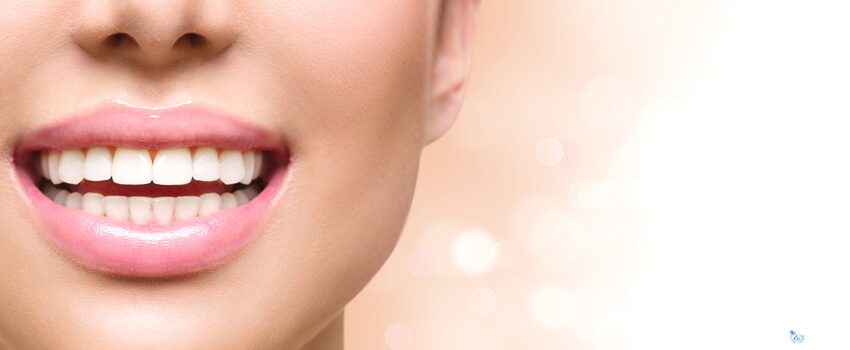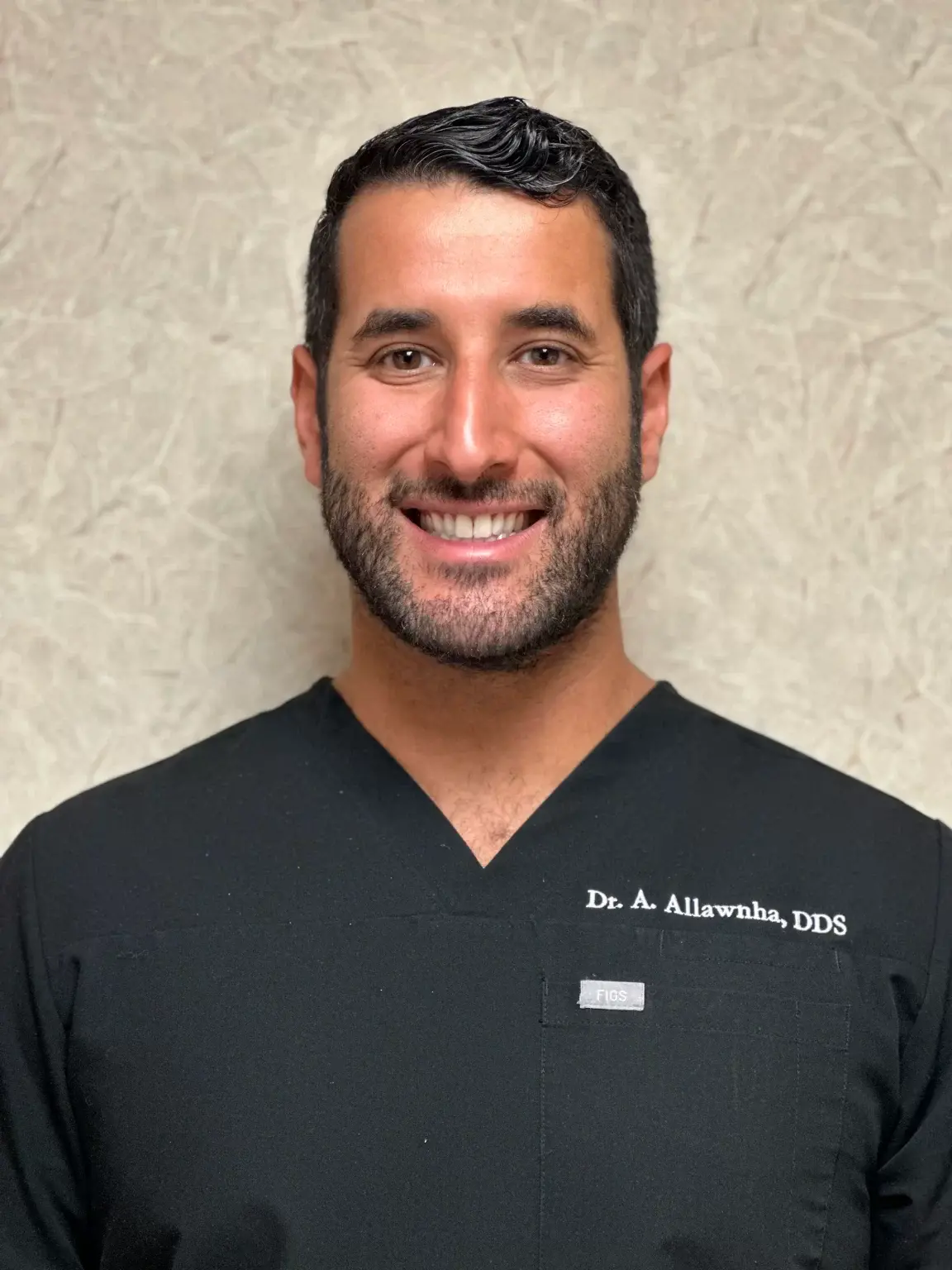Calcium is one of the very best minerals for your body.
It makes our bones and teeth strong and is essential for other bodily functions. But, like everything else, too much of a good thing can never be good. When does calcium stop being a beneficial mineral, and are calcium deposits bad? Learn what leads to calcium deposit development and how to avoid them with Century Dental.
A Little Info on Calcium
Your body needs calcium to build strong bones and perform other essential functions. It’s also the most common mineral found in the body, primarily found in the bones and teeth, giving them their hardness and structure.
Food sources for calcium include bony fishes, dairy products, green leafy vegetables, and calcium-fortified almond milk or soy milk. Calcium is also available as a dietary supplement.
Calcium is essential for our bodies to function properly. It helps blood vessels distribute blood around the body and promotes hormone release that affects many bodily functions. Aside from making bones and teeth stronger, calcium also lowers the risk of some types of cancer, heart disease, preeclampsia, and metabolic syndrome.
However, it still has harmful effects on oral health like:
Hypocalcification
Not having enough calcium in the body will result in hypocalcification, making your teeth enamel thin and weak. It also causes your teeth to look chalky or opaque, resulting in discoloration. It may also cause calcium spots on teeth.
Weak enamel makes teeth more susceptible to decay, leading to tooth erosion and cavities. It will also make teeth more sensitive to hot and cold foods and beverages.
Calcific Metamorphosis
Also known as a calcified tooth, calcific metamorphosis happens when calcified tissue replaces the pulp of the teeth after an accident, sports injury, and other trauma. According to a study published in the International Journal of Morphology, 24% of traumatized teeth develop calcific metamorphosis, partially or fully calcifying the root canal space without getting detected up to a year after the injury.
A calcified tooth will look darker than surrounding teeth; it may even turn yellow. Often, it’s not accompanied by other symptoms. This makes regular visits to the dentist more important to detect it as soon as possible.
Hypercalcemia
High levels of calcium in the blood is a condition called hypercalcemia. The parathyroid gland releases parathyroid hormones, which control the calcium levels present in our blood. Issues in the parathyroid gland can result in the excessive release of parathyroid hormone. This, in turn, results in excessive amounts of calcium in the blood.
Hypercalcemia also results in too much calcium in the teeth, which causes other symptoms like:
-
Slight jaw pain
-
Malocclusions
-
Cavities
-
Soft tissue calcification
-
Tooth sensitivity
What Are Calcium Deposits?
Enamel is often coated with a sticky and colorless film called plaque. This film is made of bacteria from the mouth. They can harden and turn into calcium deposits, also known as tartar or calculus, that look white or off-white due to calcium phosphate and other compounds.
Calcium deposits develop anywhere on the tooth surface, especially in between teeth, where they are more difficult to reach without flossing.
Tartar can irritate the gums and create rough surfaces that collect disease-causing bacteria. These eventually lead to periodontal disease and inflammation in other areas of your body.
Signs and Symptoms of Tartar
Calcium deposits may seem asymptomatic at first, but they can lead to more severe health issues like gum disease, tooth loss, and tooth abscess. Signs of tartar include:
-
Yellow, brown, or dark-colored teeth
-
Bleeding gums after flossing
-
Persistent bad breath
-
Fuzzy or textured sensations when running the tongue over the teeth.
What Causes Tartar?
After eating or drinking something, the bacteria in our mouth break down the remnants of food, producing acids that weaken your enamel and lead to cavities.
These bacteria can come together as plaque, which hardens and becomes calcium deposits. It can harden at different rates for different people, partly because everyone has different saliva; for most people, plaque hardens in one to two days.
Some people are more likely to have tartar. They include people who:
-
Consume lots of sugary or starchy food
-
Have dry mouth
-
Smoke
-
Take antidepressants and other medications
-
Are under radiation therapy
How to Get Rid of Calcium Deposits?
Flossing and brushing are enough to remove most plaque, preventing calcification on teeth. When they harden, only your dentist can remove them; it’s one of the main reasons for dental cleaning.
Dentists use calcium deposit removal techniques like:
Teeth Scaling
In tooth scaling, dentists use specialized tools to remove tartar. They use ultrasonic scrapers that vibrate at a high rate and shoot water to get rid of tartar.
Polishing
When your dentist is done cleaning and scaling your teeth, they will polish the enamel to give it a final deep cleaning. It also improves your smile’s appearance and removes any potential bacteria buildup.
Teeth Scaling and Root Planing
Severe cases of calcium deposits will need more work to remove. Your dentist may need to remove tartar below the gum line, around the tooth, and its roots. Teeth scaling and root planing is a more invasive calcium deposit removal technique and may require a local anesthetic.
How to Prevent Tartar?
Preventing plaque buildup is the best way to stop calcium deposit development. You can do this by:
Using Mouthwash
Using a mouthwash that contains fluoride to flush out some of the food particles in your mouth is an excellent idea if you’re more prone to faster plaque buildup.
Flossing
Use floss or water flosser to clean between your teeth to remove all plaque between teeth; regular toothbrushes cannot reach these areas.
Brushing Regularly
According to the American Dental Association (ADA), you should brush your teeth for two minutes two times a day. Also choose a toothbrush with soft bristles. Replace your toothbrush every three to four months or when the bristles become frayed.
Regularly Visiting Your Dentist
Regularly visiting your dentist allows them or their dental hygienist to clean your teeth and remove any tartar or plaque buildup. Consult your dentist on how often you should visit. The ADA states that some people may need to visit the dentist once or twice a year; others may need to visit more frequently.
Visit Century Dental for Cleaner Teeth
If you notice any calcium spots on your teeth or other issues, it’s best to visit your Dentist in Madeira Beach, FL, to ensure your teeth’s condition. Aside from regular dental cleaning, we also provide our patients with the best general dentistry services to keep their teeth clean and healthy. You’re always welcome here; drop by or give us a call today.





